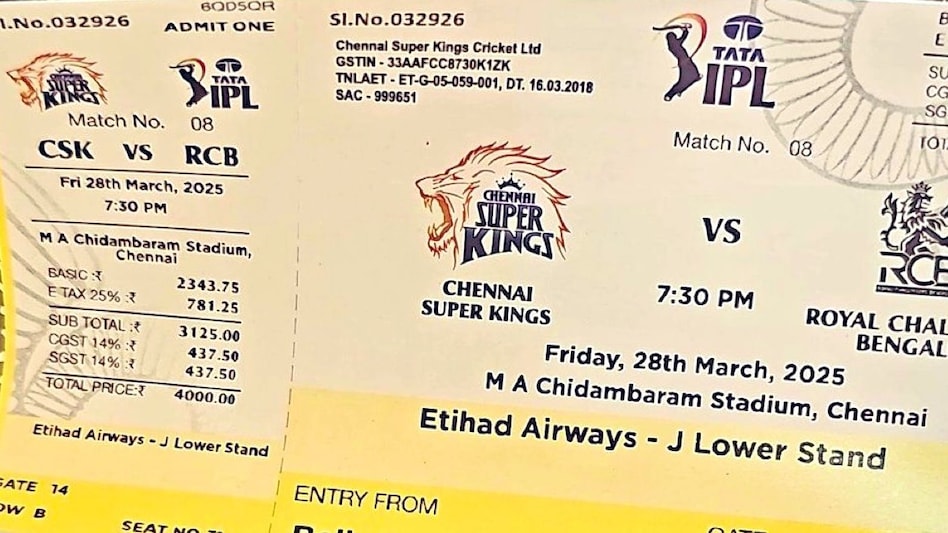 ₹875 of GST is not charged on the base ticket price—but on the subtotal that already includes entertainment tax, the planner says
₹875 of GST is not charged on the base ticket price—but on the subtotal that already includes entertainment tax, the planner says  ₹875 of GST is not charged on the base ticket price—but on the subtotal that already includes entertainment tax, the planner says
₹875 of GST is not charged on the base ticket price—but on the subtotal that already includes entertainment tax, the planner says A ₹4,000 IPL ticket buys more than a seat and stadium buzz. It quietly hands you a crash course in how everyday purchases can carry hidden layers of taxation.
What looks like a single charge is actually two taxes stacked—one on top of the other. And it’s all perfectly legal. You came for the match. You stayed for a lesson in pricing mechanics.
How much tax do I have to pay? Calculate now
“Why your ₹4,000 IPL ticket is a mini masterclass in India’s ‘Tax-on-Tax’ policy playbook.
"You’re not just paying to watch the match. You’re funding a policy loophole,” says efiletax, a tax solutions provider, in a post on X.
The post breaks down the math behind that seemingly flat ₹4,000 price tag:
GST (28% on subtotal): ₹875
That final ₹875 of GST is not charged on the base ticket price—but on the subtotal that already includes entertainment tax. The result? You’re effectively paying tax on another tax.
“GST should be charged on the base value. But when States add Entertainment Tax first, the GST kicks in on top of that too,” the post notes, flagging it as a structural quirk.
And the issue isn’t limited to cricket.
“This isn’t just IPL. Concerts, stand-ups, festivals—same story. Layered taxation wrapped in ‘one nation one tax’ packaging.”
The post also compares global models:
“So your ₹4,000 ticket? You’re paying for the match… and for a tax design that stacks costs quietly. Next time someone says ‘GST simplified taxes’… Just show them this ticket.”
Copyright©2025 Living Media India Limited. For reprint rights: Syndications Today